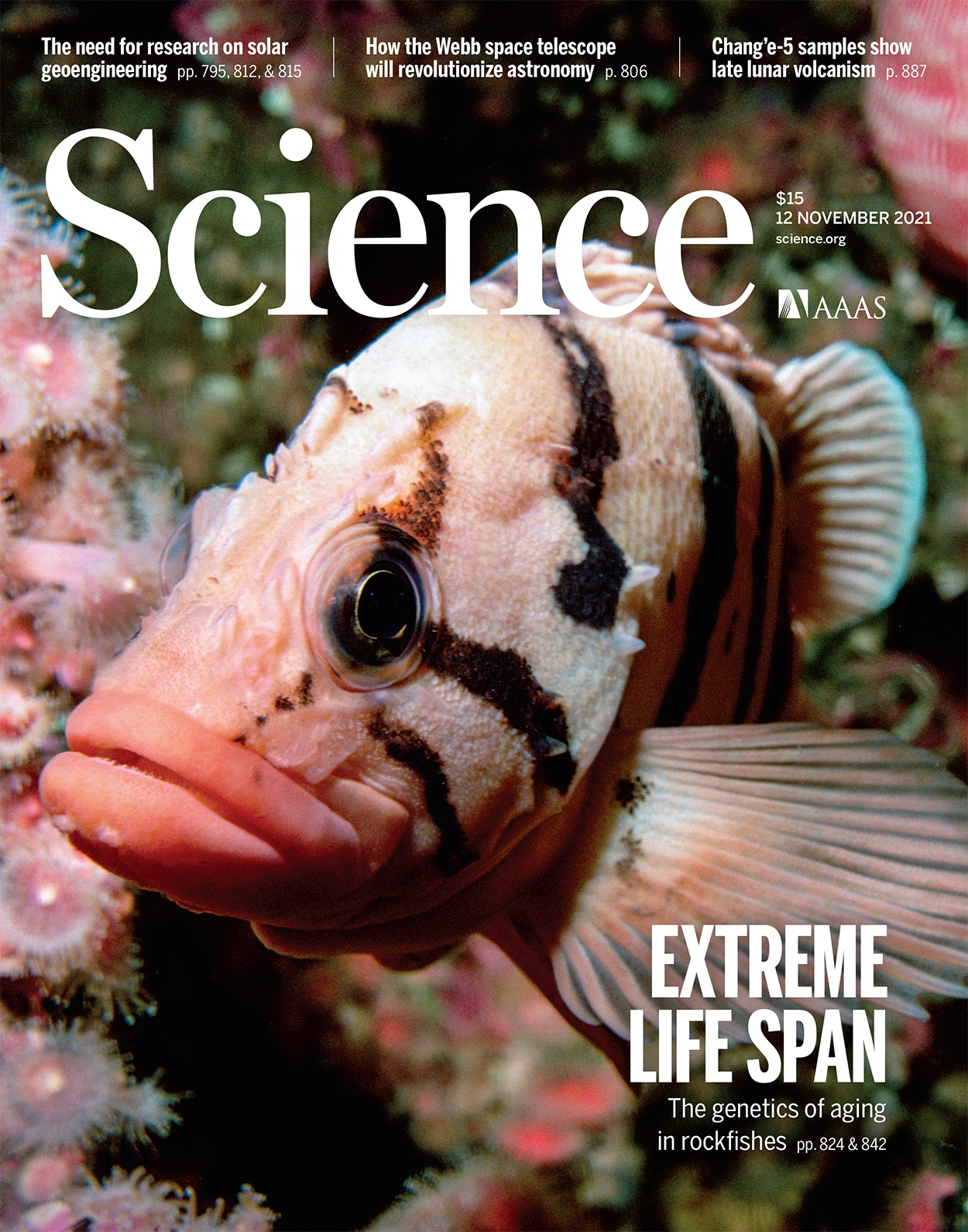Research

Themes of my research include data science, computational biology, comparative- and phylo-genomics. Apart from the research areas below, my industrial research has been on genetic diseases with unpublished work related to scRNAseq, WGS, proteomcis and disease modalities.
Comaparative genomics of phenotypic variation
All living systems age with passing time, making aging an interestingly common phenomenon across the tree of life. In animals, maximum lifespan is usually similar to body size. However, there are a few exceptional species which defy this pattern such as Humans, Bowerhead whales, Greenland sharks, Tortoises, Bats and Rockfishes. Rockfishes are fantastic models to uncover the secrets to longevity since rockfish species live 10-200 years, covering a wide range of lifespans between species thus making them apt to study the genetic signatures of aging. Generating Rockfish genome assemblies and employing comparative phylogenomic methods, we identified genes and mutational signatures which are The Causes and Consequences of lifespan variaton.
Genome and transcriptome evolution
Selection pressure and accumulation of mutations are the primary drivers of genomic divergence leading to species evolution. Comparing genomes of closely related lacertid species, we found signatures of structural changes and selection leading to species evolution. These evolutionary signatures driving divergent evolution are seen in a tissue-specific manner as witnessed through their transcriptomes.
Computational methods for applied genomics
Deleterious mutations in the genome lead to disease phenotypes in plants and animals. These mutations can be small (point - SNVs) or large (structural - SVs and CNVs), with latter being better understood now with advances in sequencing technologies. Detecting structural variation and disease causing variants can help understand the causes and identify genetic elements which can act as drug targets against disease/infections. I have developed computational pipelines to locate genomic regions of interest associated with diseases which will help make informed decisions for personalised medicine and gene therapy.